What is an excavator rock bucket?
An excavator rock bucket is a specialized attachment designed for excavators to efficiently handle rocky terrain and separate valuable materials from debris. Unlike standard buckets, these robust implements feature reinforced construction with strategically positioned teeth and openings between structural components, allowing smaller particles to fall through while retaining larger rocks.
A Digging Attachment With Teeth
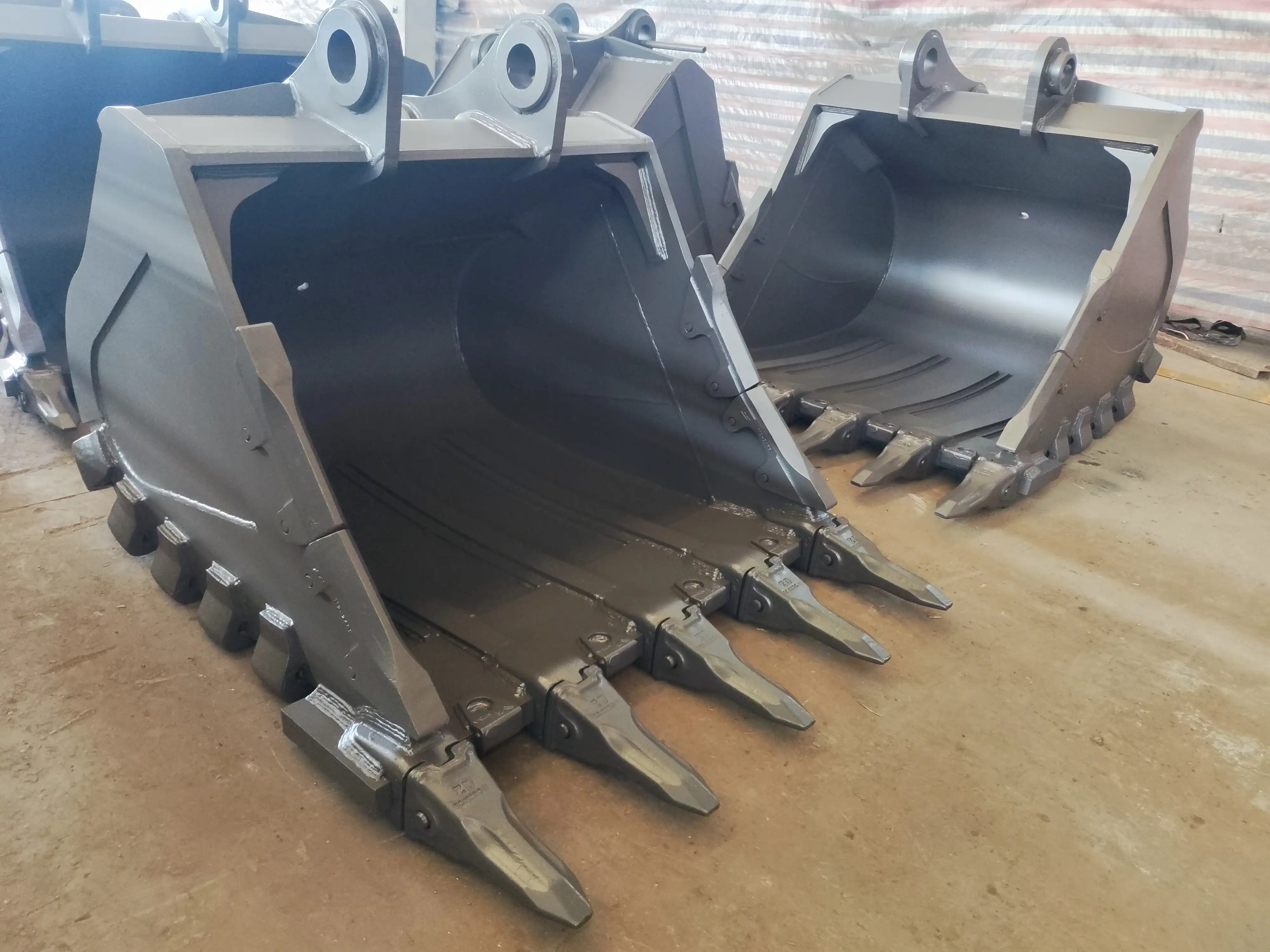
Advanced Tooth Configuration
The tooth system of an excavator rock bucket represents a critical engineering component that directly impacts performance and durability. Unlike standard bucket teeth designed primarily for soil penetration, rock bucket teeth incorporate specialized metallurgical compositions with enhanced hardness ratings to withstand extreme abrasion. These teeth typically feature self-sharpening geometries that maintain penetrating capability even as wear occurs during operation.
Most modern rock buckets utilize interchangeable tooth systems that allow operators to select optimal configurations based on specific material characteristics. Aggressive, forward-projecting teeth excel in fracturing densely compacted materials, while broader, shovel-shaped designs improve material retention when handling loose rock. The spacing between teeth creates crucial channels that facilitate material flow through the bucket while preventing clogging during operation in varied conditions.
Advanced manufacturers implement strategic tooth placement patterns that distribute force evenly across the bucket face, reducing stress concentration points and extending structural longevity. This balanced force distribution maintains optimal bite angle regardless of the bucket's position during excavation cycles. Premium rock buckets often incorporate secondary wear edges between primary teeth, creating a continuous cutting surface that improves efficiency when working with mixed material compositions.
Structural Reinforcement Elements
The demanding nature of rock excavation necessitates exceptional structural integrity throughout the bucket assembly. Modern excavator rock bucket designs incorporate multiple reinforcement elements strategically positioned to withstand extreme loading scenarios. Welded internal gussets transfer forces from the teeth to the bucket backbone, preventing localized deformation during penetration of resistant materials.
Side plates typically feature increased thickness compared to standard buckets, often utilizing abrasion-resistant steel with hardness ratings exceeding 400 Brinell. These plates incorporate overlapping wear strips at high-abrasion contact points, creating sacrificial surfaces that protect the primary structure. The bucket spine—the central structural element connecting the mounting interface to the cutting edge—often utilizes box-section construction to maximize torsional rigidity while minimizing weight.
Connection points between the bucket and excavator arm receive particular attention, with reinforced mounting brackets and oversized pins that accommodate the increased stress transmitted during rock handling operations. Premium designs include load-distributing bushings at pivot points, reducing wear patterns and preventing oval deformation of connection holes. These reinforcement strategies work in concert to create a cohesive structure capable of withstanding years of use in punishing environments.
Construction of Excavator Rock Bucket

Material Selection and Composition
The extreme demands placed on rock buckets necessitate careful material selection throughout the manufacturing process. Premium excavator rock bucket designs utilize differentiated steel alloys across various components, matching material properties with specific functional requirements. High-carbon content steels with chromium and manganese additives feature prominently in high-wear regions, providing exceptional resistance to abrasive forces without sacrificing structural integrity.
Cutting edges and penetration points typically incorporate quenched and tempered alloys achieving hardness values between 45-52 HRC (Rockwell C Scale), creating durable working surfaces that maintain effectiveness throughout extended service periods. These hardened components are strategically welded to more ductile structural elements (typically 30-40 HRC) that absorb impact energy without developing fatigue cracks.
Welding and Construction Techniques
The structural integrity of an excavator rock bucket depends heavily on sophisticated welding methodologies that create seamless unions between component materials. Premium manufacturing processes utilize computer-controlled welding systems that maintain precise heat input levels, preventing metallurgical weakness in the heat-affected zones surrounding each weld. Multi-pass welding techniques build up reinforced seams at critical junctures, creating robust connections that resist crack propagation under cyclic loading.
Preparation before welding includes edge profiling and precision cutting of components, establishing ideal fit conditions that minimize gaps and ensure complete penetration of welding material. Post-weld heat treatment processes often include controlled cooling protocols that relieve internal stresses while maintaining desired material properties. These treatments prevent premature failure at weld transitions—traditionally vulnerable points in heavy equipment attachments.
Assembly sequencing follows engineered pathways that minimize distortion during the manufacturing process. Components are systematically added to the core structure in patterns that balance thermal expansion forces, maintaining dimensional accuracy throughout the construction process. Final inspection protocols incorporate non-destructive testing methods including ultrasonic evaluation and magnetic particle inspection, verifying weld integrity before the bucket enters service.
Quality Control and Testing Procedures
Ensuring consistent performance across production units requires comprehensive quality control processes throughout manufacturing. Leading excavator rock bucket producers implement multi-stage inspection regimens that verify material properties, dimensional accuracy, and structural integrity at critical production phases. Initial material certification confirms that all components meet specified hardness, chemical composition, and strength requirements before entering the production environment.
During assembly, critical dimensions undergo verification against engineering specifications, ensuring proper fit with various excavator mounting systems. Weld quality receives particular scrutiny, with visual inspections complemented by technical evaluation methods that detect subsurface anomalies. Load testing under controlled conditions verifies that completed buckets meet or exceed design capacity ratings while maintaining structural stability.
Finished products undergo simulated operational testing that replicates field conditions, evaluating performance metrics including penetration capability, material retention, and screening efficiency. These practical evaluations validate theoretical design parameters and confirm that each unit will deliver expected performance when deployed to actual worksites. Documentation of these quality processes provides verification of manufacturing standards that meet or exceed industry requirements.
What is an excavator rock bucket used for?

Mining and Quarry Operations
The mining industry relies heavily on excavator rock bucket technology to improve extraction efficiency and initial material processing. In open-pit operations, these specialized attachments excel at separating valuable ore from waste rock directly at the extraction face, reducing the volume of material requiring transportation to processing facilities. This selective excavation capability translates directly to reduced haulage costs and improved resource utilization.
Quarry environments benefit from rock buckets during the initial breaking and sizing of stone products. The ability to separate desired aggregate sizes from overburden or unsuitable materials accelerates production while maintaining product quality standards. When extracting dimensional stone, the precision afforded by specialized rock bucket designs allows operators to minimize waste and maximize recovery of valuable material.
In both mining and quarry applications, the durability of purpose-built rock buckets proves essential for maintaining operational continuity. The reduced downtime for equipment repairs or replacement directly impacts productivity metrics and operational profitability. The screening capability integrated into these attachments often reduces or eliminates the need for primary crushing stages, streamlining the production flow and reducing capital equipment requirements.
Construction and Infrastructure Development
Infrastructure projects frequently encounter varying soil conditions requiring specialized excavation approaches. Excavator rock bucket implementations prove invaluable when preparing foundations in rocky terrain, efficiently removing larger stones while leaving appropriate material for compaction. This selective excavation creates ideal subsurface conditions without the expense of importing replacement fill material.
Road construction benefits from rock buckets during subgrade preparation, where the removal of oversized material prevents future stability issues while retaining suitable base materials. The screening function allows operators to create specification-compliant materials directly from site resources, reducing dependency on quarried products transported to the construction site.
Utility installation projects utilize rock buckets to create precise trenches in difficult ground conditions. The ability to separate rocks from trench spoil simplifies backfill operations and protects sensitive infrastructure from damage caused by direct contact with sharp stone edges. When working in established urban environments, these specialized attachments allow contractors to manage excavated materials more effectively, reducing disposal volumes and associated costs.
FAQ
1. What maintenance does an excavator rock bucket require?
Daily inspection routines should include checking tooth condition, examining wear patterns on cutting edges and side plates, and verifying the integrity of structural welds, particularly at high-stress connection points.
2 . How does an excavator rock bucket compare to a standard bucket?
The fundamental differences between an excavator rock bucket and standard bucket design reflect their specialized operational purposes. Rock buckets feature significantly reinforced construction, with thicker side plates, enhanced internal bracing, and specialized high-carbon steel compositions resistant to abrasive wear. The cutting edge on rock buckets typically incorporates more aggressive tooth configurations designed specifically for penetrating dense, compacted materials rather than the continuous edge found on many standard buckets.
3. Can rock buckets be used in all soil types?
While excavator rock bucket designs demonstrate remarkable versatility, their performance characteristics vary significantly across different soil conditions. They excel in applications involving rocky soil, gravel, and compacted materials where their robust construction and separation capability provide substantial advantages over standard equipment. In predominantly clay-based soils, however, the screening openings may clog frequently, requiring additional cleaning cycles that reduce operational efficiency. Sandy soils generally pass through the screening elements too readily, making material retention challenging without specialized configurations. Wet, organic soils present similar challenges as fine particles adhere to larger materials, compromising separation effectiveness. Some manufacturers offer hybrid designs with adjustable or removable screen sections, allowing conversion between rock handling and standard bucket configurations based on site conditions. When working consistently in problematic soil types, specialized attachments designed specifically for those conditions typically deliver superior performance compared to standard rock bucket designs.
4. How does bucket size affect performance and excavator compatibility?
The relationship between excavator rock bucket dimensions and host machine characteristics significantly impacts operational performance and equipment longevity. Optimal sizing typically provides bucket capacity roughly equivalent to 80-90% of the machine's rated standard bucket specification, accounting for the increased weight of reinforced rock bucket construction.
Excavator Rock Bucket For Sale

Transform your excavation projects with Tiannuo Machinery's excavator rock bucket. Our buckets are designed to cater to a wide range of capacities, from 0.2 to 5.0 cubic meters, with weights varying from 150 to 2500 kg and widths spanning 600 to 2200 mm. Choose between pin-on or quick coupler attachments, ensuring compatibility with multiple excavator models. We prioritize safety, incorporating reinforced edges and wear plates for enhanced durability. Customization is available to meet your unique needs. Don't wait to optimize your workflow. Contact us at arm@stnd-machinery.com, rich@stnd-machinery.com, or tn@stnd-machinery.com to discover more and secure your order.
References
Heavy Construction Equipment: Specialized Attachments and Applications, Industrial Machinery Journal, Volume 37, Issue 3, 2023.
Modern Techniques in Excavation and Material Processing, Construction Engineering Review, Volume 22, 2022.
Advances in Wear-Resistant Materials for Extreme Excavation Environments, Materials in Construction Technology Quarterly, Volume 14, Issue 2, 2023.
Optimizing Excavation Efficiency in Rocky Terrain: Equipment Selection and Operation, Mining Engineering Handbook, Sixth Edition, 2022.
Comparative Analysis of Material Separation Technologies in Construction Applications, Journal of Construction Equipment Technology, Volume 19, 2023.
Structural Design Principles for High-Stress Earth-Moving Attachments, Engineering Design Compendium for Construction Applications, Third Edition, 2022.
About Author: Arm
Arm is a leading expert in the field of specialized construction and railway maintenance equipment, working at Tiannuo Company.
YOU MAY LIKE
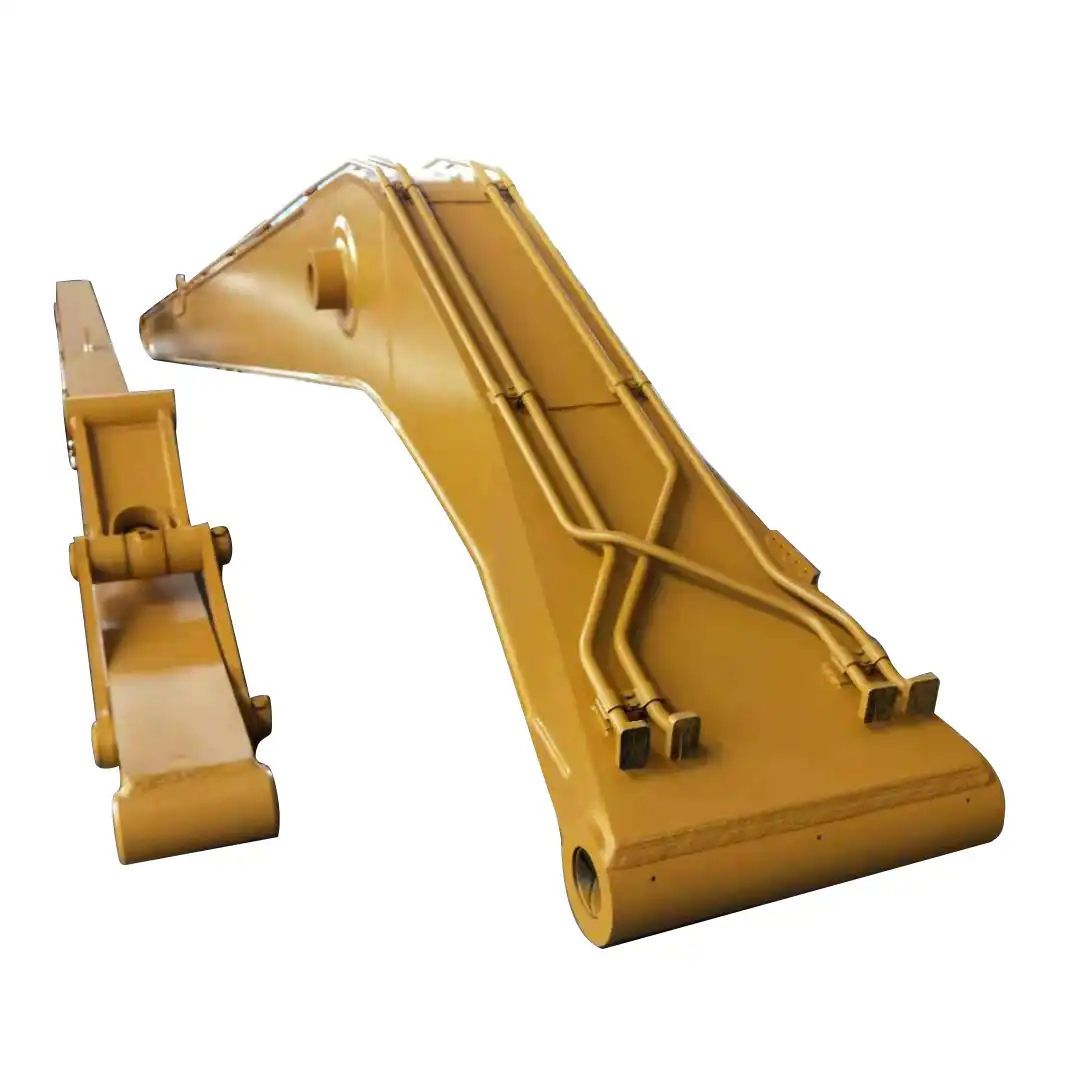 VIEW MORELong arm excavator for sale
VIEW MORELong arm excavator for sale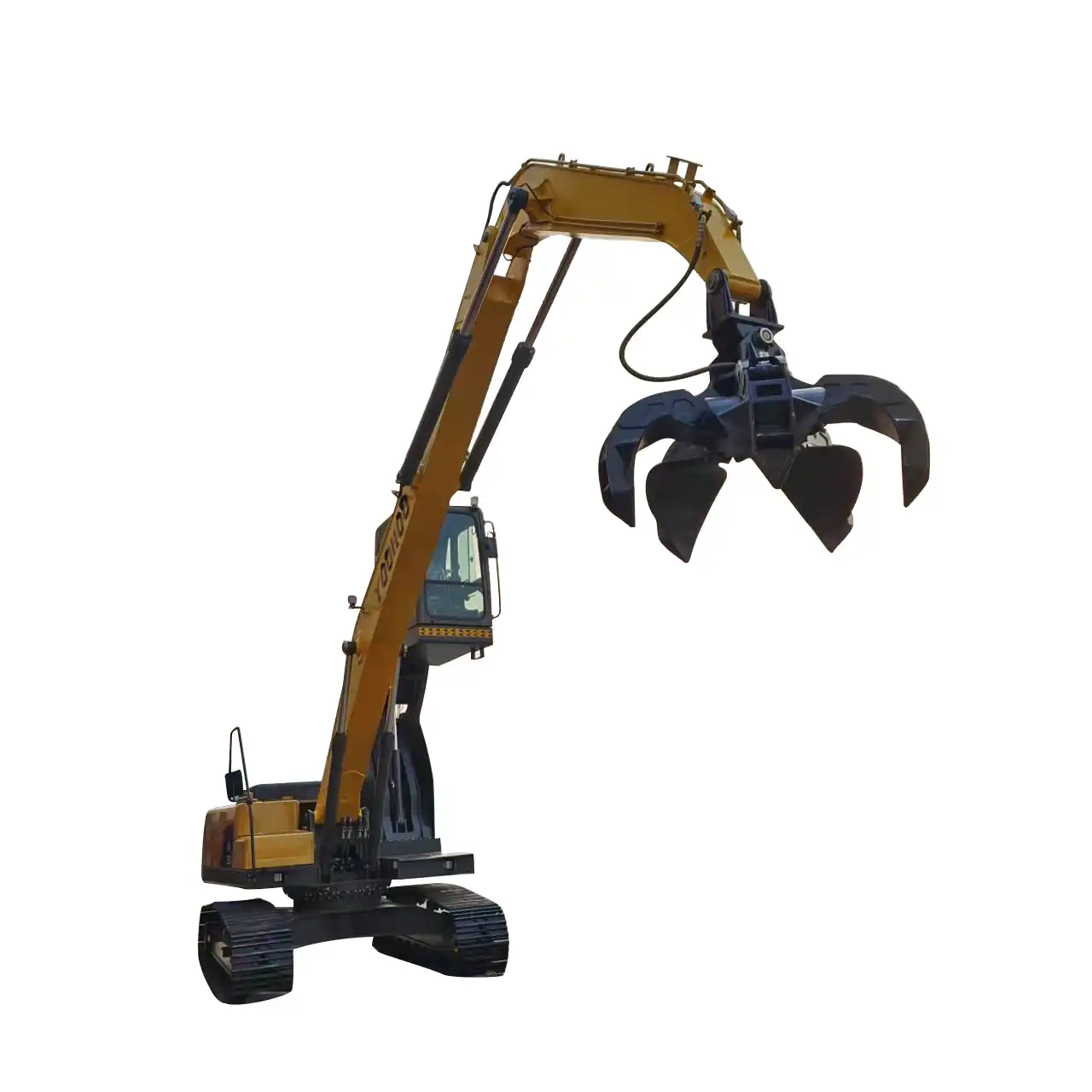 VIEW MOREFolding Arm Steel Grabbing Machine
VIEW MOREFolding Arm Steel Grabbing Machine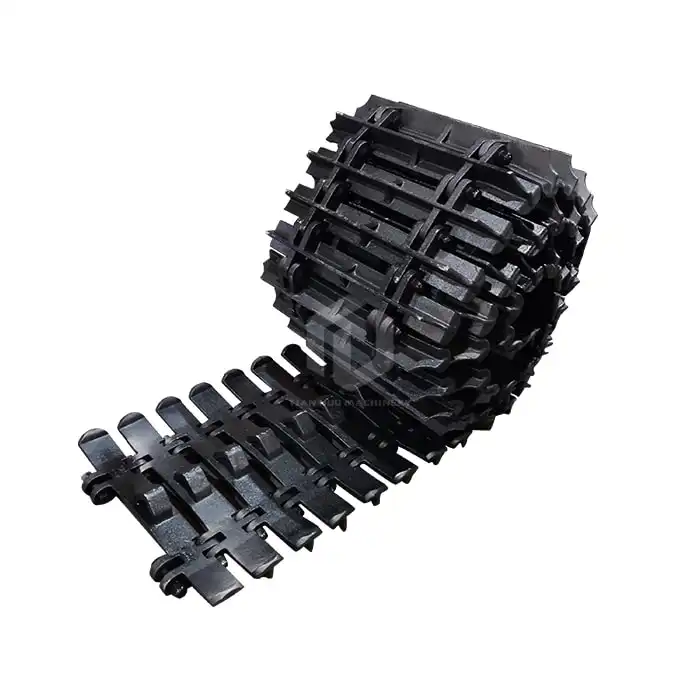 VIEW MORETruck Anti-Skid Track
VIEW MORETruck Anti-Skid Track_1733877348138.jpg) VIEW MORELoader Tire Protection Chain
VIEW MORELoader Tire Protection Chain VIEW MORELoader Arm Extensions
VIEW MORELoader Arm Extensions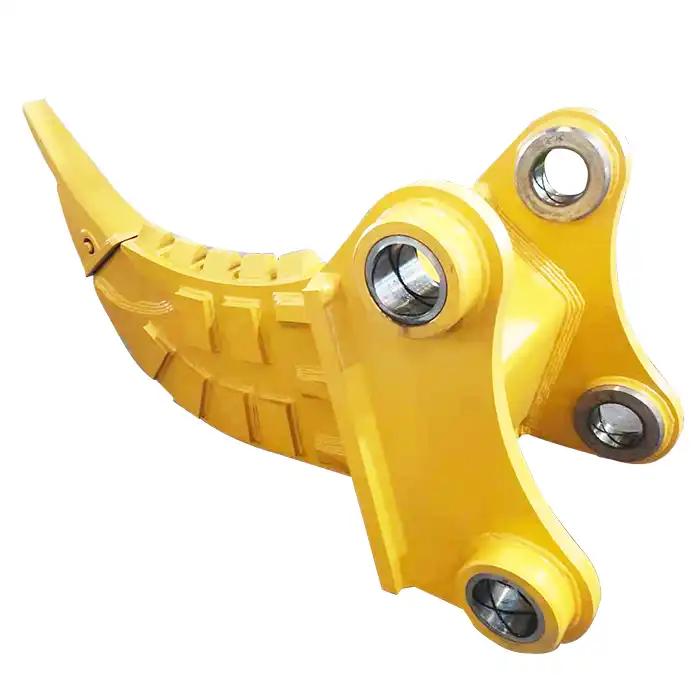 VIEW MOREExcavator Ripper
VIEW MOREExcavator Ripper VIEW MOREExcavator High Reach Demolition Long Boom And Arm
VIEW MOREExcavator High Reach Demolition Long Boom And Arm VIEW MORESeaside Excavator Heightening Column
VIEW MORESeaside Excavator Heightening Column

